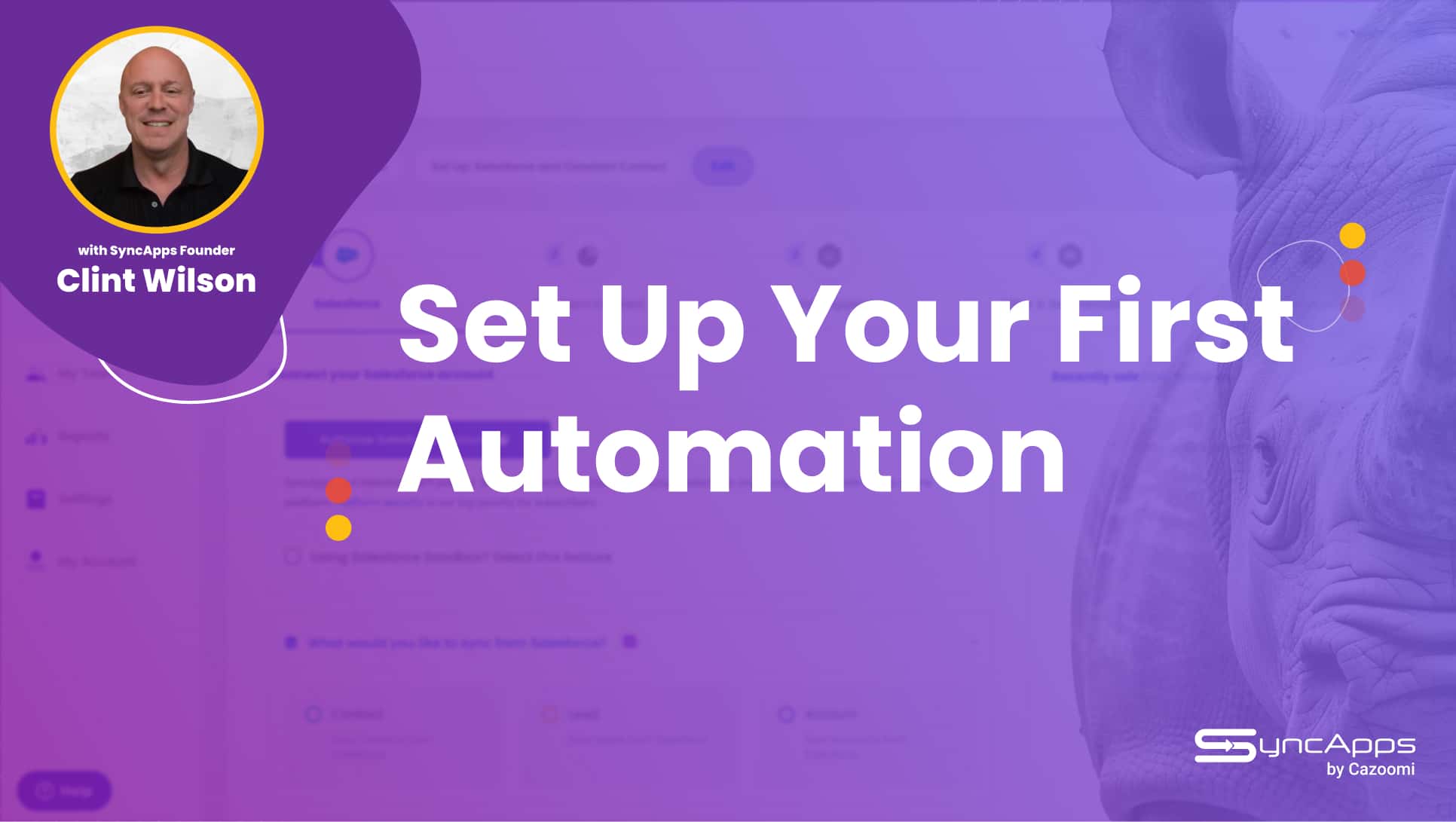Have you noticed a sudden drop in your open rates? Worried that your subscribers don’t like your emails anymore?
Before you change your approach and resort to clickbait to get your emails open, let’s find out if they reach your subscribers’ inboxes.
I know, it’s a hassle, and it’s starting to look like social media algorithms — something you can’t control, and you just hope for the best. We’re not there yet; there’s still plenty you can do to improve the deliverability of your emails.

By the way, did you know that starting February 2024, it will be harder to land in Gmail and Yahoo! inboxes? If you missed the article on the Google and Yahoo! inbox protection rules, you can check it out here.
To understand why your emails may land in spam, let’s take a quick look at how spam filters work.
How Do Spam Filters Work?
You’re not a spammer, I know. So your frustration and landing in spam is perfectly understandable. It pisses off my team and I too. Because we’re collateral damage in a fight that is, in fact, worth fighting.
Here’s the thing: spam filters are automations programmed to detect suspicious behavior. 347.3 billion emails are sent and received every day. Out of these, 180 billion are spam — yes, that’s more than half! Of course, you’re gonna need a way to keep spam away, and of course, that way has to work at scale.
So, spam filters have gotten more and more aggressive lately. Here’s how they work:
- They check to see if you are who you say you are (this is why domain authentication is essential)
- They scan the email copy (especially the subject line!) for words and phrases commonly used by spammers. A few examples: 100% free, double your income, be your own boss, extra income, giveaway, guaranteed, act now, Xanax, bargain, credit card, online marketing, and so on.
- Check to see if your domain or email address has been blocklisted.
- If your email contains too many links, especially to suspicious websites, it will land in spam.
- Your history matters: if your previous emails have been opened and engaged with, you have a better chance of landing in the main inbox.
Essentially, spam filters are gatekeepers who can make or break your campaigns:

Spam filters use many techniques to make these analyses: heuristics filtering, keyword matching, various Bayesian algorithms, and header analysis.
To make matters more opaque, each email provider uses its own unique “cocktail” of spam filtering techniques, so you never know exactly what to change in your strategy.
There are, however, a few things that will work on most spam filter “cocktails.”
9 Things You Can Do to Avoid Spam Filters
Ironically enough, spam filters are your friends. By nixing most spam, they make room for us, ethical marketers, in users’ inboxes.
Here’s how you prove that you are a good guy, not someone selling “Xanax” or “Viagra”:
- Send Emails from Your Own Domain
Gmail and Yahoo! are fine if you’re emailing friends and family. If you use email for business, you need your own domain. This will be even more important in 2024 and beyond when the sender’s reputation will be a stronger signal.
Also, make sure the “from” field looks legit. Avoid email addresses like “[email protected]”. Make it more personable by adding a real name — [email protected] and adding “John Smith” in the From field.
- Authenticate Your Domain
Add new DKIM and SPF records to your DNS. This tells spam filters that, even though you send emails in bulk, you’re a legitimate sender.
More information on domain authentication is here.
- Only Email People Who Gave You Permission to Email Them
Do I need to say this? Fine, I will: please don’t ever, under any circumstances, buy an email list. Spamming people who have never heard of you before won’t get you any sales.
Now that we got the obvious out of the way, here’s something you may not be doing yet: enable double opt-in. Get people to confirm that they want to be on your list before you start emailing them.
At least 20% of subscribers don’t confirm their subscription, so I understand why you fear that double opt-ins will hamper your list growth.
On the other hand, double opt-ins are a requirement in EU countries under GDPR, and they may become a global requirement soon.
Plus, emailing people who are reluctantly on your list will damage your sender’s reputation, and consequently, your emails will reach fewer of the people who actually want to buy what you’re selling.
- Keep a Clean List
Check who hasn’t engaged with your emails every quarter for the past six months or so, and delete those subscribers. How do you make sure you don’t delete active subscribers:
- Open rates are unreliable, especially for Apple Mail users, but keep them as a metric to consider. Cross-reference them with others:
- Click rates: sometimes, you’ll see clicks from people who appear not to have opened your emails (thanks, Apple!). If you see neither clicks nor opens, that subscriber may be a candidate for deletion.
- Ask them! Send them an email and ask if they want to stay subscribed. If they open the email and/or click on a link in it, keep them on.
Make this process fail-proof — you don’t want to lose valid subscribers just because email metrics are hard to track these days.
Connect your Mailchimp, Constant Contact, or Active Campaign account to Salesforce or NetSuite. You’ll be able to check subscriber activity at a glance. They may not have opened your emails recently, but if they spoke to sales last month, you shouldn’t delete them!
- Avoid Spam Trigger Words
Remember the list of bad words here.
I know what you’re thinking. Occasionally, you’re going to have a sale, a promo, a 50% off offer, or you’re going to offer guarantees, legal advice, all-natural products, and so on.
What can you do?
You shouldn’t nix these words and opt for convoluted phrases that your readers won’t understand. Keep them, because as long as you have a solid sender reputation (the steps above), you won’t be labeled a spammer.
Also, make sure this isn’t all you’re writing above. Send emails that have substance, too, not just pitches and promos.
- Integrate Your Email Marketing Platform with Your CRM or ERP
Email marketing is great, but it can’t be your entire playbook. If you use a CRM or an ERP, you can use the combined insights to send more relevant campaigns. This holiday season is a crucial time to start saving time to focus on aligning marketing and streamlining sales.

This way, you’ll get better open and click rates and improve your sender reputation. Voila, you’ve bypassed spam filters.
SyncApps users log in to their dashboard and see CRM and email insights combined. They can analyze buyer journeys easier and send relevant campaigns. For instance, not everyone needs to get a discount to convert into a client, so why spam your entire list?
Get better segmentation with integration. Click here to start, it’s 100% to test!
- Only Use Quality Links in Your Emails
In SEO, the quality of your outbound links is a ranking factor. Things are similar in email: if you send people to questionable websites, you’re going to trigger spam filters.
Here’s how to avoid that:
- Do not use shorteners like bit.ly — they’re usually tricks spammers use to cover the real domain they’re sending you to.
- Only link to reputable websites. Use link quality checkers like Norton SafeWeb or URL Void if you’re unsure.
- Double-check your affiliate links to prevent sending people to phishing websites.
- Allow People to Unsubscribe Easily
Did you ever try to unsubscribe from a list only to be sent to five other pages to check boxes and confirm that you’re really, really, really set on leaving? It’s frustrating, isn’t it?
More importantly, starting in February 2024, one-click unsubscribes will be a significant trust signal for Google and Yahoo! inboxes.
So let people go easily.
If they clicked the unsubscribe link, they already don’t want your stuff anymore. Push it, and they may report your emails as spam.
Oh, and never, ever email people again after they’ve unsubscribed. It’s not just a bad idea for your sender’s reputation, and it’s illegal in several countries.
- Brush Up on Your Legalese and Comply with Email Laws and Regulations
At the very least, you should be familiar with the CAN-SPAM Act for US-based recipients) and GDPR (for EU-based recipients).
Unsurprisingly, they tell you pretty much everything I’ve told you above:
- Never email people without their consent
- Tell them where you’re located (your physical address — it can be a PO box)
- Tell them how you’re going to use their data (for GDPR)
- Don’t hold on to subscribers who want to leave your list.
Compliance Regulations Aren’t New, They’re Just Being Enforced in New Ways
The CAN-SPAM Act and GDPR are both old news. Still, email giants like Google and Yahoo! are only now forcing your hand at implementing these regulations.
Overall, a safer inbox is a good thing for everyone — marketers and consumers. When in doubt about what to do, think like a consumer: would you like to receive the email you’re about to send?




